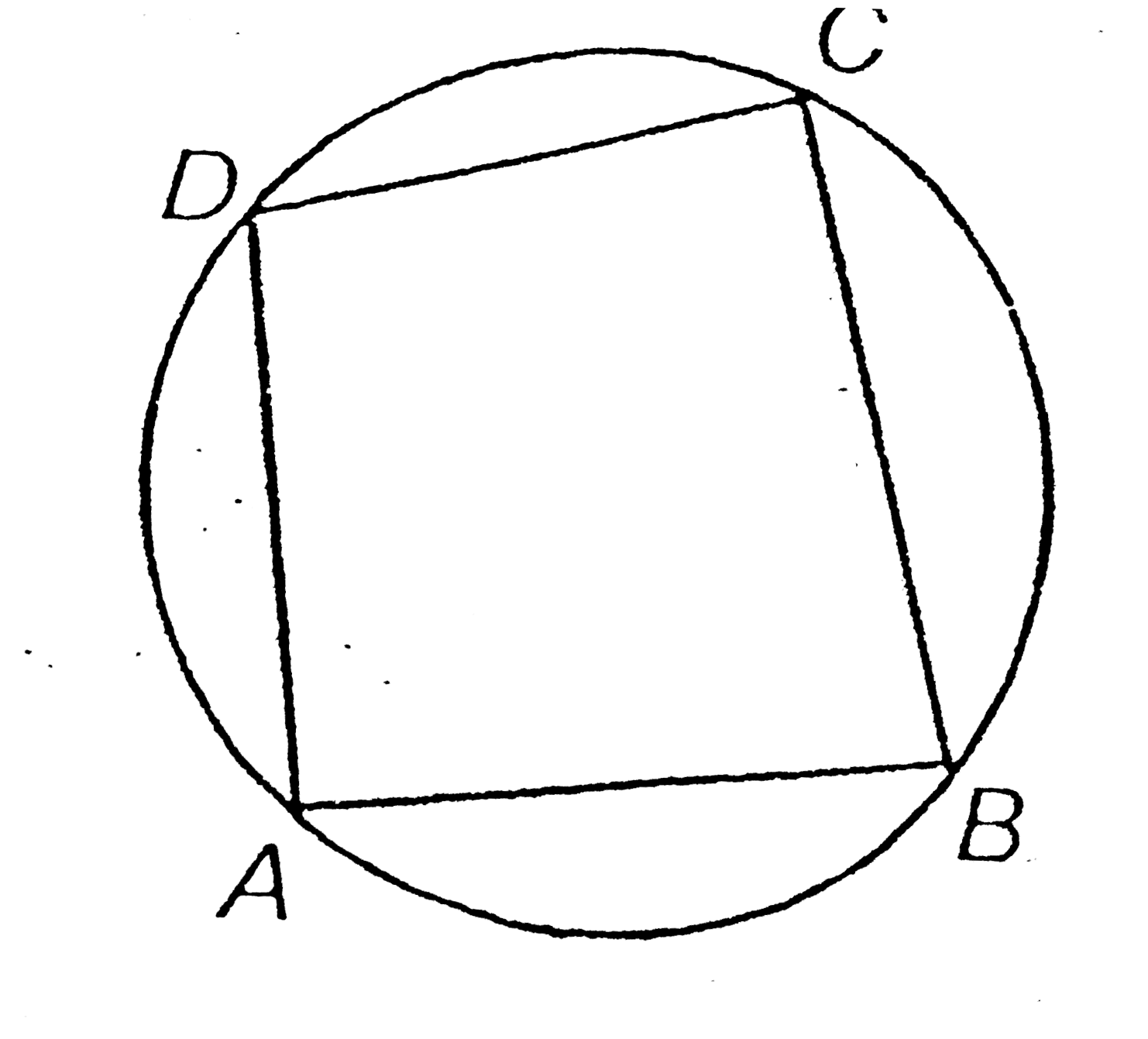→a,→b,→c and →d are the position vectors of four complanar points such that (→a−→d).(→b−→c)=(→b−→d).(→c−→a)=0. Show that the point →d represents the orthocentre of the triangle with →a,→band→c as its vertices.Solution in Telugu
Step by step video & image solution for veca,vecb,vec(c) and vecd are the position vectors of four complanar points such that (veca-vecd).(vecb-vec(c))=(vecb-vecd).(vec(c)-veca)=0. Show that the point vecd represents the orthocentre of the triangle with veca,vecb and vec(c) as its vertices. by Maths experts to help you in doubts & scoring excellent marks in Class 11 exams.
Updated on:21/07/2023Topper's Solved these Questions
- PRODUCT OF VECTORSBOOK - VIKRAM PUBLICATION ( ANDHRA PUBLICATION)CHAPTER - PRODUCT OF VECTORSEXERCISE - EXERCISE 5(a) III
4 Videos
- PRODUCT OF VECTORSBOOK - VIKRAM PUBLICATION ( ANDHRA PUBLICATION)CHAPTER - PRODUCT OF VECTORSEXERCISE - EXERCISE 5(b) I
14 Videos
- PRODUCT OF VECTORSBOOK - VIKRAM PUBLICATION ( ANDHRA PUBLICATION)CHAPTER - PRODUCT OF VECTORSEXERCISE - SOLVED PROBLEMS
46 Videos
- PAIR OF STRAIGHT LINES BOOK - VIKRAM PUBLICATION ( ANDHRA PUBLICATION)CHAPTER - PAIR OF STRAIGHT LINES EXERCISE - EXERCISE - 4(c) III.
3 Videos
- PROPERTIES OF TRIANGLESBOOK - VIKRAM PUBLICATION ( ANDHRA PUBLICATION)CHAPTER - PROPERTIES OF TRIANGLESEXERCISE - TEXTUAL EXERCISES ( EXERCISE - 10(b) ) III.
11 Videos
Similar Questions
Show that the points (5,-1,1),(7,-4,7),(1,-6,10) and (-1,-3,4) are the vertices of a rhombus.
View SolutionIf ∣∣¯¯¯P∣∣=2,|¯q|=3and(¯p,¯q)=π6, then find |¯pׯq|2
View SolutionIf →a=6→i+2→j+3→kand→b=2→i−9→j+6→k then find →a.→b and the angle between →aand→b.
View SolutionFind the condition for the chord lx + my=1 of the circle x2+y2=a2 to subtend a right angle at the origin.
View SolutionIn ΔABC Prove that
cosA+cosB+cosC=1+rR
View SolutionShow that the points whose position vectors are →a,→b,→c,→d will be coplanar if [→a→b→c]−[→a→b→d]+[→a→c→d]−[→b→c→d]=0
View SolutionIf →a,→b,→c are unity vectors such that →d=λ→a+μ→b+γ→c then gamma is equal to (A) [→a→b→c][→b→a→c] (B) [→b→c→d][→b→c→a] (C) [→b→d→c][→a→b→c] (D) [→c→b→d][→a→b→c]
View SolutionA, B C and D are four points in a plane with position vectors, →a,→b→cand→d respectively, such that (→a−→d).(→b−→c)=(→b−→d).(→c−→a)=0 then point D is the ______ of triangle ABC.
View SolutionIf →a,→b,→c,→d are the position vectors of the verticles of a cyclic quadrilateral ABCd prove that
∣∣→a×→b+→b×→d+→d×→a∣∣(→b−→a).(→d−→a)+∣∣→b×→c+→c×→d+→d×→b∣∣(→b−→c).(→d−→c)=0

View Solutionसिद्ध करें कि चार बिंदु स्थिति -सदिश →a,→b,→c और →d हैं , एकतलीय होगें यदि
[→a →b →c]=[→b →c →d]+[→c →a →d]+[→a →b →d]
View SolutionLet →r=sinx(→a×→b)+cosy(→b×→c)+2(→c×→a), where →a,→b are non-collinear and →c,→d are also non-collinear then :
View SolutionShow that [→b,→c,→d]→a−[→a,→c,→d]→b+[→a,→b,→d]→c−[→a,→b,→c]→d=0.
View SolutionFor any four vectors →a , →b , →c , →d we have (→a×→b)×(→c×→d)=[→a,→b,→d]→c−[→a,→b,→c]→d=[→a,→c,→d]→b−[→b,→c,→d]→a .
View SolutionFor any four vectors, prove that (→a×→b)×(→c×→d)=[→a→c→d]→b−[→b→c→d]→a
View SolutionA, B C and D are four points in a plane with position vectors, →a,→b→cand→d respectively, such that (→a−→d).(→b−→c)=(→b−→d).(→c−→a)=0 then point D is the ______ of triangle ABC.
View Solution
